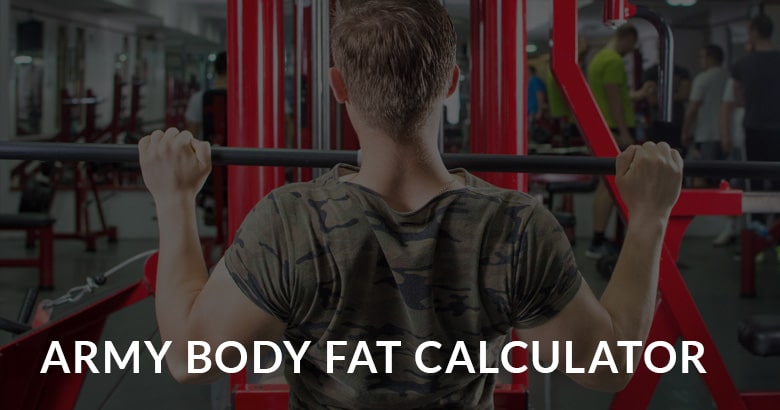An Army Body Fat Calculator is a user-friendly tool designed to estimate your body fat percentage based on specific measurements and criteria used by the U.S. Army. Whether you’re preparing for a fitness test, seeking to meet military standards, or simply monitoring your body composition, this calculator is here to assist you on your fitness journey.
What’s an Army Body Fat Calculator?
This tool is specifically tailored to determine your body fat percentage using measurements like height, weight, neck circumference, and waist circumference, following the guidelines established by the U.S. Army.
How Does the Army Body Fat Calculator Work?
Consider the Army Body Fat Calculator as your personalized body composition evaluator. By inputting essential details and measurements, the calculator estimates your body fat percentage according to the Army’s standards.
When Should You Use an Army Body Fat Calculator?
Here are some scenarios where the Army Body Fat Calculator can be highly useful:
- Military Fitness: If you are planning to enlist in the U.S. Army or belong to the military, the calculator helps you assess and maintain your body fat level in accordance with military requirements.
- Fitness Goals: For individuals aiming to achieve specific body composition objectives, the Army Body Fat Calculator provides valuable insights and goals for your fitness journey.
- Health and Well-being: Monitoring your body fat percentage is essential for overall health and can help identify potential health risks associated with excessive body fat.
Making the Most of the Army Body Fat Calculator
Understanding your body fat percentage according to the Army’s standards is only the first step. It’s essential to use this information to tailor your fitness and nutrition strategies to meet your goals.
Ready to Go?
Embrace the Army Body Fat Calculator as your reliable partner in assessing your body composition and working towards your fitness targets. Remember, every individual’s body fat percentage may vary, and striving to maintain a healthy body composition is crucial for overall well-being. Begin your journey towards meeting military standards and achieving your fitness aspirations with our Army Body Fat Calculator today! Allow it to empower you with valuable insights to support your progress towards a fitter and healthier you.

Frequently Asked Questions
How does the Army measure body fat?
The Army uses the Body Mass Index (BMI) and the Army Body Fat Calculator to estimate body fat percentage. Soldiers undergo measurements, which include height and weight, to calculate BMI. If the BMI exceeds the limit, the Army employs the tape test (abdominal circumference measurement) to further assess body fat percentage.
What body fat percentage am I allowed in the Army?
The acceptable body fat percentage in the Army varies based on age and gender. For example, male soldiers aged 17-20 must have a body fat percentage of 20% or less, while females in the same age range should have 30% or less. The allowable body fat percentage increases slightly with age.
What is the tape test for the AR 600-9?
The tape test, outlined in Army Regulation 600-9 (AR 600-9), is a method used to assess body fat percentage for soldiers. During the tape test, a trained individual measures the circumference of the neck and waist (or hips, for females) to calculate body fat percentages for those whose BMI exceeds the standard.
What are the body fat standards for the Army?
The Army’s body fat standards are outlined in Army Regulation 600-9 (AR 600-9). These standards set specific body fat percentage limits for soldiers based on age and gender. The standards are used to ensure military personnel maintain an appropriate level of physical readiness and overall health. Soldiers failing to meet the standards may face repercussions, such as enrollment in a weight loss program or potential dismissal from the Army.